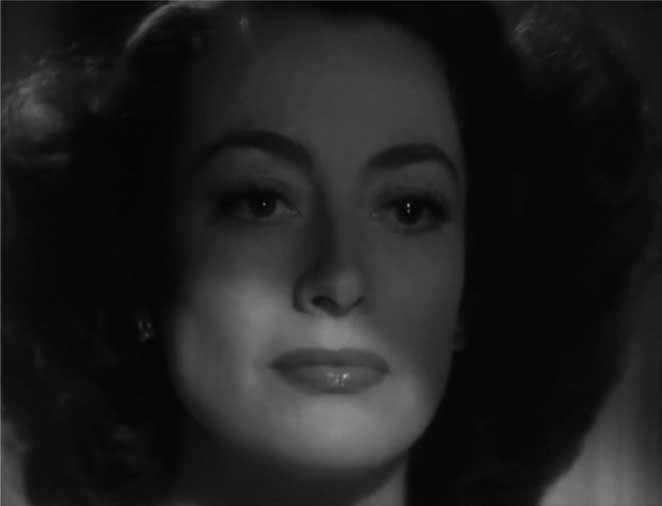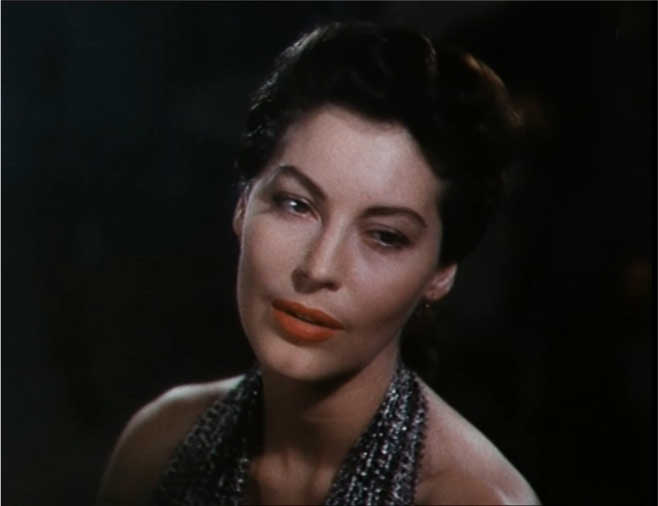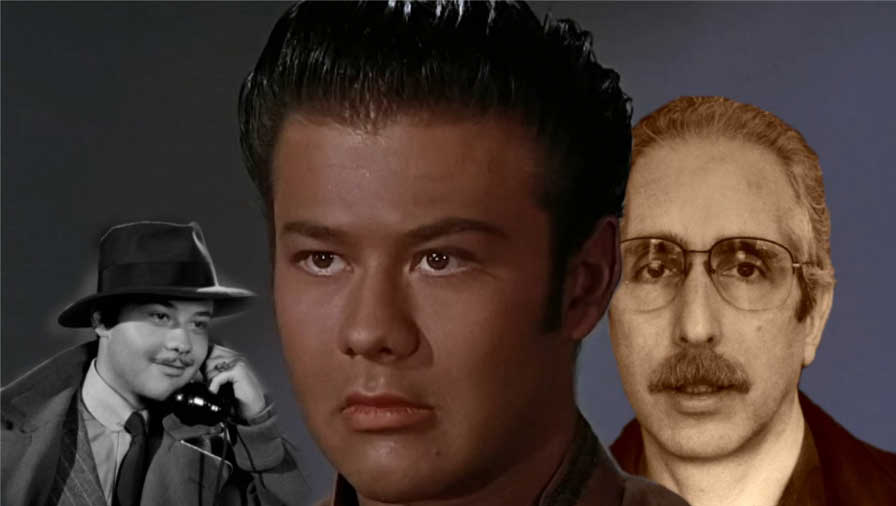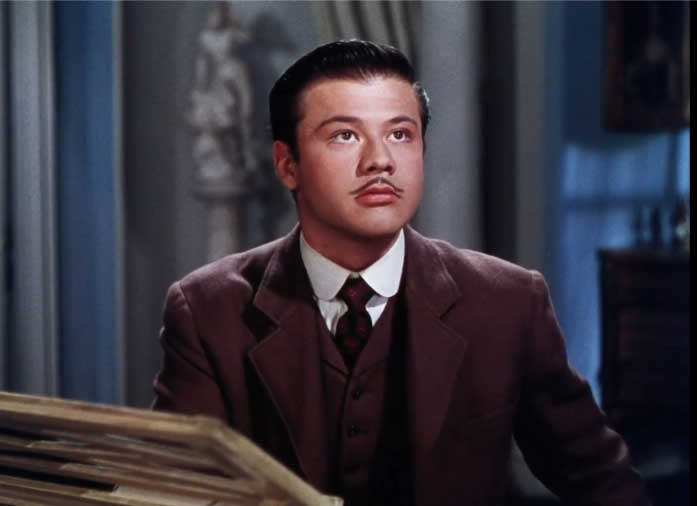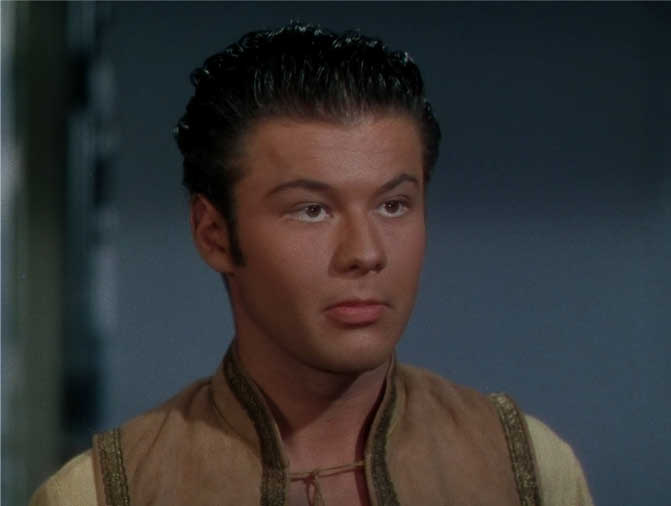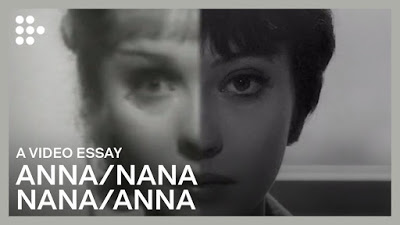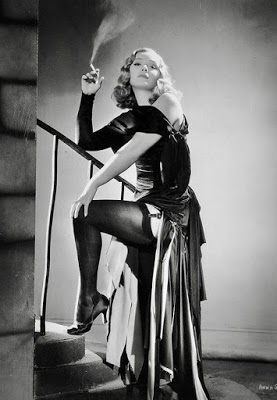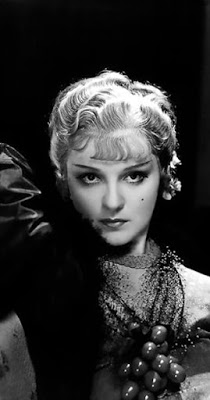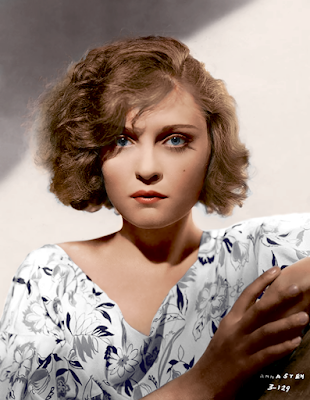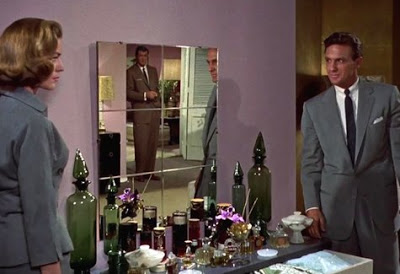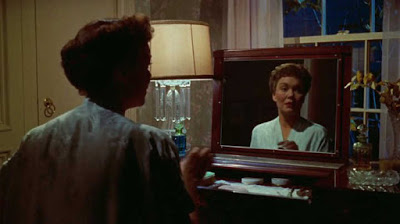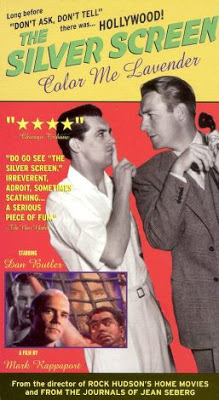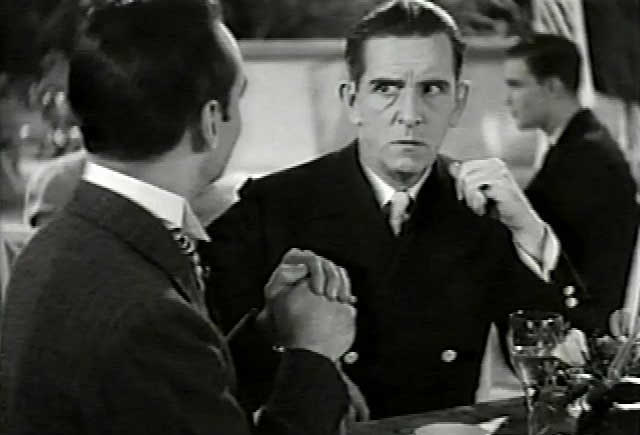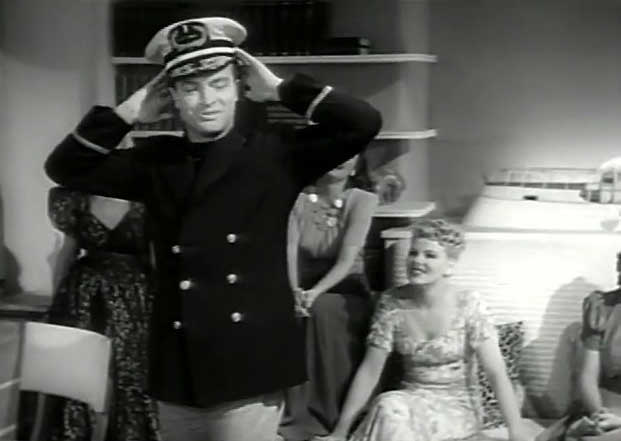Love in the
Time of Corona (2021) - NR
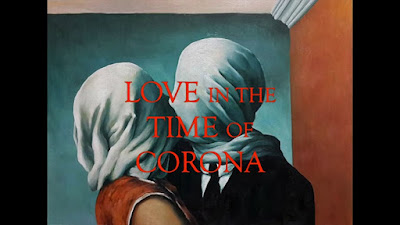
If I had any talent whatsoever, these are the sorts of films I would make.
Short personal tone poems or cinematic essays that meander from topic to
topic like the human brain on a lazy day does but with a point if not a great
purpose - less so here than normally. I would not say this is deep but it
does get you thinking. Mark Rappaport has made a number of these over the
years mixing narrative with imagery, cinema and music. Often his films deal
with the movies but this time it is how covid has distanced us from one another,
hidden behind our masks, unable to see others fully. It gets weird doesn't
it? Here in Thailand I have rarely seen a face in 18 months of people
not friends. One can almost envision that it will always be this way. You
see a woman with beautiful mischievous eyes and the rest will always remain
a mystery. Only seen by her friends and family. Rappaport also gets into
the lack of penises in art and the Belgium painters who drew nude women but
men fully in dress. Only 16 minutes long. He offsets the mournful tone with
delirious old movie clips of people in masks. Another reason this sort of
film would be my preference is you can do it from home and you have to watch
a lot of movies to choose your clips. Without a mask.
